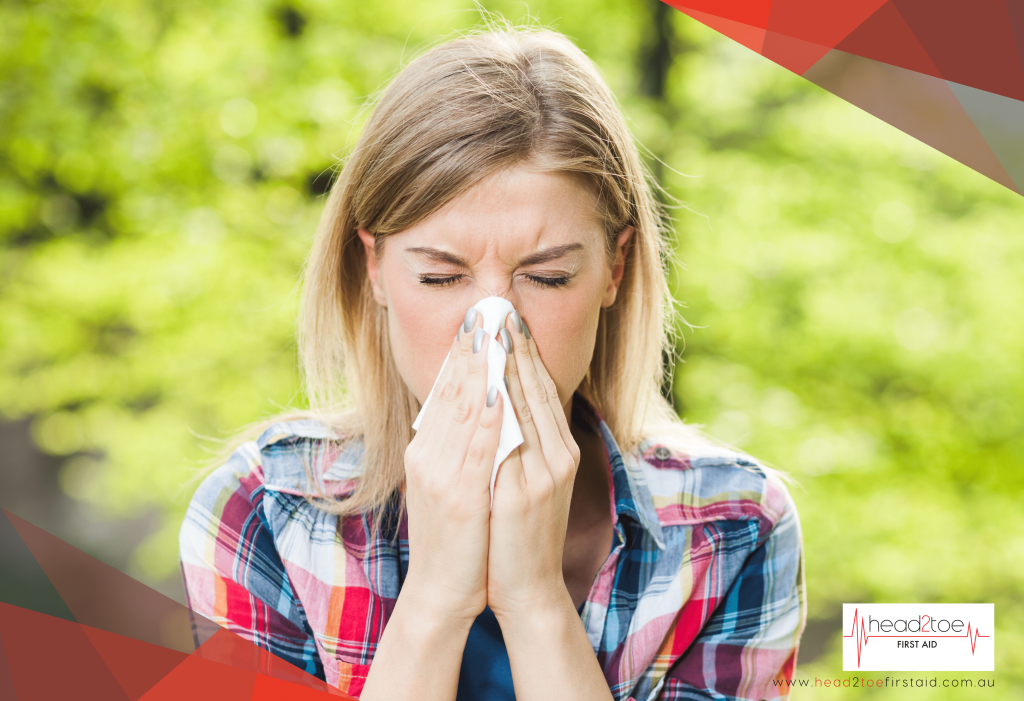Surviving this Hay Fever Season
Spring is here & with it comes a collective groan – because it’s the start of ‘Hay Fever season’!
Across Australia, almost 3 million people suffer from Hay Fever, the common name for ‘allergic rhinitis’. This number hits its peak across the warmer months of September to April, when pollen counts rise.
And isn’t it odd that despite its name, hay isn’t the cause of the problems – and there’s no fever involved!
Hay Fever is triggered by your nose and eyes coming into contact with airborne allergens including pollen, dust mites, mould and animal hair. All of which is made a whole lot worse on windy and stormy days.
Common symptoms of Hay Fever
If you suffer from Hay Fever and seasonal allergies, you’ll be no stranger to these symptoms:
- Runny or stuffy nose
- Itchy, watery, irritated, and sometimes swollen eyes
- Sneezing (sneezing and more sneezing!)
- Itchy nose, ears and throat
- Sinus pressure and facial pain
- Headaches
For some, the symptoms can be so severe that they struggle to sleep and concentrate, causing fatigue and irritability. For others, the symptoms can worsen and lead into an asthma attack.
This can extend into:
- Wheezing and coughing
- Shortness of breath
- Tightness or discomfort in the chest
10 Ways to Reduce your Hay Fever Symptoms
Pollen and seasonal allergens can spread far and wide, and is nearly impossible to avoid.
But the good news is, you don’t have to just suffer each year!
If your family experiences Hay Fever, here are my top 10 non-pharmaceutical tips to prevent or reduce the symptoms:
- Watch the pollen forecast on Asthma Australia, Pollen Forecast, or WeatherZone.
- Stay indoors, and keep doors and windows shut on high pollen count days, when the grass has been freshly cut, if it’s windy or during thunderstorms. This is when pollen grains and other allergens are even moreso in the air.
- Press Recirculate on your car aircon when pollen levels are high.
- Dry your washing & bedding inside especially on those high pollen count days.
- Avoid activities that increase your exposure to pollens, as much as you can. This can be tricky because the grass does need to get mowed! In the garden, you can also look to choose plants that are pollinated by birds and insects, rather than those which release their seeds into the air.
- Shower after outdoor activities when there are high levels of pollen involved. Make sure you wash your clothes you’ve worn outside before wearing them again. And, don’t forget to wash your dog and cat regularly too because pollen can collect on their fur!
- Wear sunglasses as a shield for your eyes, to prevent pollen getting in the eyes.
- Rinse your eyes using clean, cold water. This can help to relieve your eyes instantly and flush out the grains of pollen.
- Flush your nose. Take the same approach to clear your nose, using a saline nasal spray to flush the pollens from the nostrils.
- Create a Nasal barrier. As odd as it sounds, if you smear a bit of Petroleum Jelly on the inside of each nostril, it can trap the pollen and stop it reaching the mucous membrane where it can cause inflammation.
If you have tried the above steps and the symptoms are still interfering with life, it’s best to see a Pharmacist or Doctor to discuss the use of an appropriate anti-histamine for symptom relief, and/or steroid nasal spray for symptom prevention.
My next community parent first aid courses is on 23 September in Morphett Vale Grove and 16 November in Holdfast Bay, click to enrol.
Or, you can enrol for my next certificated Community CPR and First Aid course on 16 October or 25 November in Holdfast Bay.
Alternatively, contact me if you would love to learn First Aid with your family and friends or even with your child/ren. I’d love to hear from you. I can come to your house and individualise a course to your family.
Click on the link below to book now! Or discover more here on my website or over on my Facebook page.

